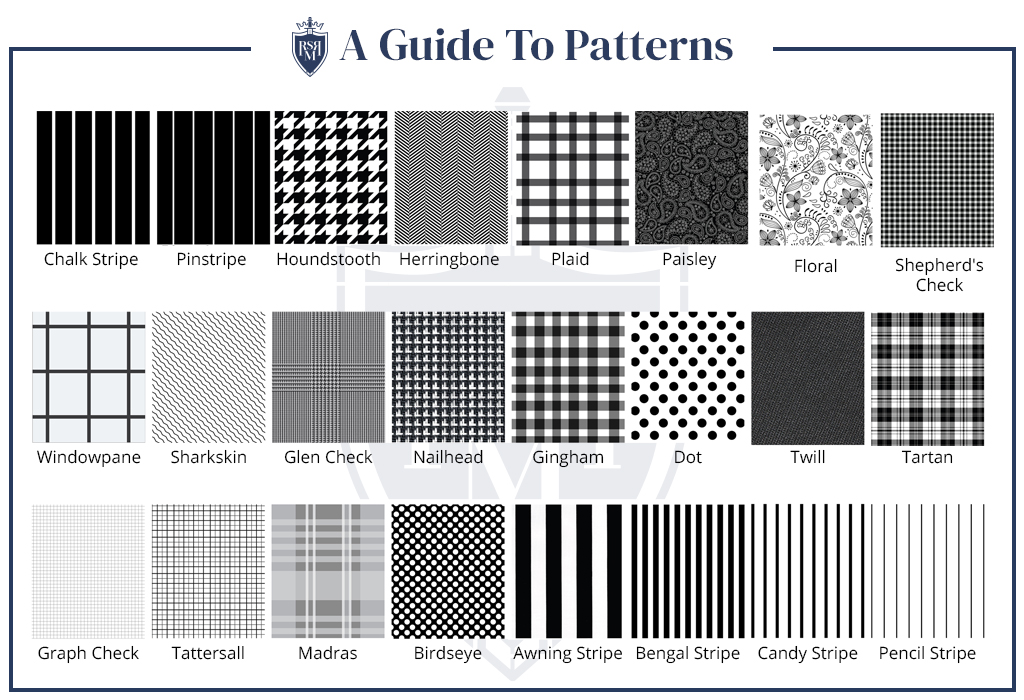

When the colder months come around, there’s nothing quite as appealing as a good quality tweed suit. Tweed is a warm, durable material that makes for a stylish and sophisticated suit that can be worn in a variety of settings.
In this article, we will take a look at what men need to know before they buy their next tweed suit. We’ll go over the different types of tweed available, what to look for in terms of quality, how to care for your suit and some tips on how to wear it well.
So if you’re thinking about investing in a tweed suit this winter, read on!
- What Is Tweed?
- What Makes High-Quality Tweed?
- How To Care For Your Tweed Suit
- Can A Tweed Suit Be Tailored?
- How To Discuss Tweed Alterations With Your Tailor
- How To Style A Tweed Suit
- Where To Buy A Stylish Tweed Suit
What Is Tweed?


Tweed is a type of fabric that is made from wool.
The wool is usually mixed with other materials like cotton or linen, which gives the tweed its characteristic texture and durability. Tweed fabric is usually woven on a twill loom, which gives it its distinctive diagonal pattern.
There are a variety of different types of tweed available, each with its own unique characteristics. Some of the most popular types of tweed include:


- Herringbone: This tweed has a herringbone pattern, which is created by weaving two different colors of wool together. This type of tweed is usually quite heavy and is perfect for colder weather.
- Glen Plaid: Glen plaid tweed is made up of small, rectangular panels that are woven together in a checkerboard pattern. This type of tweed is also quite heavy and is perfect for winter wear.
- Donegal: Donegal tweed is named after the county in Ireland where it was first produced. This type of tweed is characterized by its unique flicking, which can be green, blue or red. Donegal tweed is lightweight and perfect for spring and summer weather.
How To Identify High-Quality Tweed


Tweed is an incredibly versatile fabric, making it the perfect choice for high-end garments like coats and suits.
However, with so many different types of tweed on the market it can be difficult to determine which style is right for your wardrobe, and more importantly, which product is made from high-quality materials.
When assessing a tweed piece look first at its construction: well-made tweed will usually have clear edges with minimal fraying, a neat weave pattern and no loose threads.
Secondly, check its weight: high-quality fabrics are usually heavier than their cheap counterparts as they contain more dense thread.
Finally, inspect the overall color or texture – luxury tweeds tend to boast a thicker texture or intricate patterns that stand out when touched.
How To Care For Your Tweed Suit


Tweed, a classic material that has been used in tailored clothing for centuries, can be beautifully timeless if it’s given proper care.
Suits made from ?weed should always be kept away from direct sunlight and sources of heat. This can cause the fabric to fade and stretch or lose its shape over time.
With regular use, tweed suits should also be steamed after every wear to keep their look crisp. In addition, when hanging tweed suit jackets, ensure that the fabric isn’t affected by other garment dyes or synthetic luggage materials like plastic; one good way to avoid this is to hang each jacket separately on wooden hangers.
Before storage, metal hangers should also be replaced with wide wooden or padded hangers reserved specifically for tweed garments; this protects the delicate shoulder area from getting misshapen over time.
Additionally, you may want to store your tweed suit with paper between each layer of fabric to preserve its shape while in the closet; alternately, you could place it in a canvas bag that can breathe and protect against musty odors.
Can A Tweed Suit Be Tailored?


Tweed has a distinct thickness and texture that set it apart from other fabrics, but it can present particular challenges for tailors when they come to make alterations.
Generally, tweed can be slightly more difficult to alter than some other fabrics due to its stiffness, as this makes it harder to manoeuvre. It’s also important for tailors to use the right tools and equipment when handling tweed so as not to interfere with the structure of the fabric.
Unlike some finer materials, tweed tends to fray quickly if subjected to too much heat or friction, so needles must be changed regularly and special stretches used during alteration processes.
All of these considerations mean that although making alterations in tweed can still be relatively easy for an experienced tailor, it requires greater attention and precision than when dealing with certain other types of fabric.
However, skilled tailors have worked with tweed for decades, so the difficulty should not be a major concern for those who are considering having their suit altered. In addition, many of the limitations posed by this traditional material can be embraced in order to create truly unique garments that will stand out from the crowd.
In short, made-to-measure tweed suits offer a wonderful opportunity for fashion connoisseurs who like their clothing tailored exactly as desired no matter what kind of fabric they choose.
How To Discuss Tweed Alterations With Your Tailor
With a tweed suit, it’s all about the details. For example, the intricacies of fabric choice and the fit of the blazer’s lapel or trouser house can depend on an individual’s features or preferences.
This is why communicating with your tailor when asking them to alter your tweed suit is so important.
Start off by clearly detailing which area of your suit you want to adjust, for instance ‘Can you please adjust my trouser’s inseam length?’.
Using correct terminology such as ‘inseam’ will enable you to communicate quickly and easily with your tailor and ensure that they make precise alterations according to your requirements.


It’s important to remember, however, that taking accurate measurements is essential when ordering a suit – discuss how far each measurement should be taken with the tailor in order to get the perfect fit tailored just for you.
In addition, having an understanding of basic cloth construction techniques and techniques such as grading up/down will help determine how much alteration is possible.
Communication combined with accurate measuring is key.
If someone is looking to ensure their alterations create the best possible outcome then informing the tailor early on of their desired changes is key.
Not only should they provide exact numbers but they should also explain how they want different components fitted. Men should use phrases such as ‘raise sleeve length’ or ‘taper hip shape’ while tailors are likely to request things like chest size and leg circumference measurements; being aware of these terminologies will help both parties understand what kind of adjustments need to be made!
Finally, it’s worth reminding yourself that any single alteration may require multiple other parts that need adjusting accordingly, so it’s best to plan ahead when discussing with a professional what sort of adjustments could be done – this way there won’t be any surprises during the final fitting!
How To Style A Tweed Suit


Although tweed suits were once associated with conservative, old-fashioned looks, they can now be styled in a variety of sophisticated ways.
Whether you opt for a classic or modern style, the key to achieving a good look with a tweed suit is choosing the right garments to pair it with.
How To Style A Tweed Suit At The Office
For men looking to make a professional yet stylish impression in the office, opting for a tweed suit is an excellent choice. Traditional and frequently associated with aristocracy, these suits offer a timeless option for the boardroom for any season.
While tweed can often appear more casual than other fabrics, when it’s tailored correctly and worn with the right accessories, it can easily transition from the outdoors to the office without you sacrificing fashionable style points.
For starters, focus on dark-colored options to allow your attire to still be read as formal and masculine. Next, when accessorizing your outfit, choose light-hued pocket squares or scarves to add lightness that will bring balance instead of distracting visual attention away from your face.
Then make sure the fit of your suit coat is tapered while avoiding an overly wide lapel since large collars won’t look well when paired with heavier fabric like tweed.
Last but not least, combine your tweed look with dress shoes in black or burnt brown leather that are polished perfectly to provide elegance and stability at work.